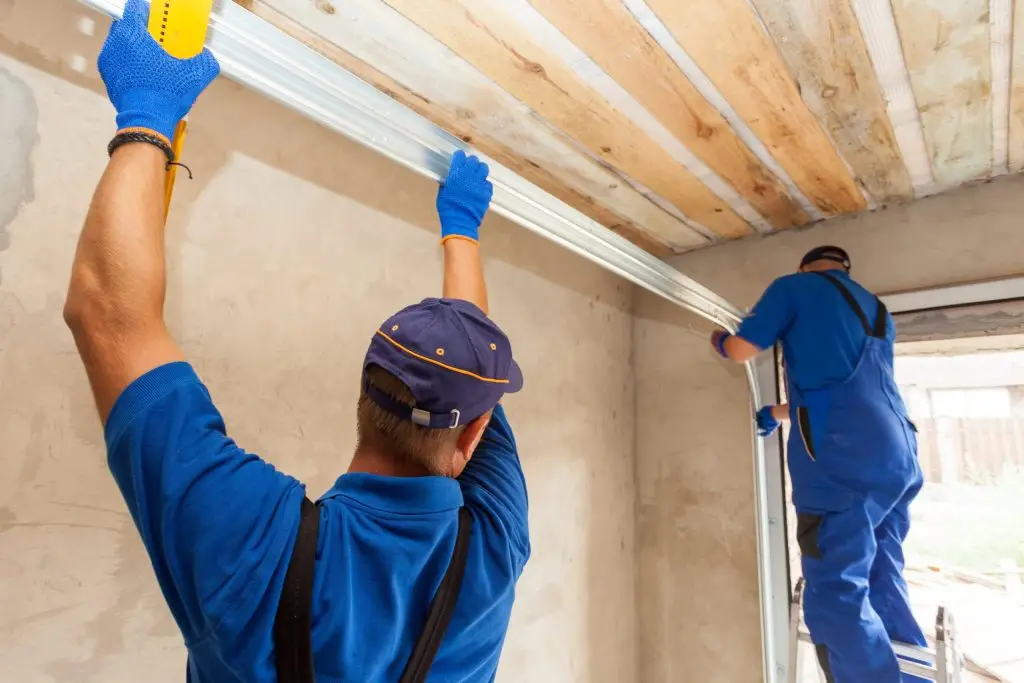Boost Energy Efficiency with Garage Door Insulation

Boost Your Home’s Energy Efficiency with Garage Door Insulation
Improve your home’s energy efficiency by insulating your garage door. Learn practical and cost-effective tips to reduce energy bills and increase comfort.
For many homeowners, an uninsulated garage can be a significant source of energy loss, affecting both comfort and utility bills. Ensuring your garage door is adequately insulated can make a substantial difference. This guide will explore essential strategies to enhance your home’s energy efficiency through effective garage door insulation.
Why Insulate Your Garage Door?
An insulated garage door not only helps maintain a stable temperature but also acts as a buffer against noise. This is particularly important if your garage is attached to your home or if it doubles as a workspace. Insulation can significantly reduce heat flow, aiding in energy conservation and leading to lower utility costs.
1. Choose the Right Insulation Material
Start by selecting the appropriate insulation material. Common options include polystyrene foam and polyurethane. Polystyrene is cost-effective and easy to install, while polyurethane offers superior insulation by filling the door space more thoroughly. Evaluate these materials based on your budget and insulation goals.
2. Consider Retrofitting Your Current Door
If you’re not in the market for a new garage door, retrofitting your existing one with insulation is an effective alternative. Kits are available that allow you to install insulation panels yourself, ensuring compatibility with your current setup. While DIY solutions can be efficient, consider professional opener installation services to maximize insulation effectiveness.
3. Address Potential Air Leaks
Inspect your garage door for any gaps or cracks that could lead to air leakage. Use weatherstripping to seal these gaps effectively. Additionally, ensure the bottom seal of your garage door is intact, as this area is often prone to wear and allows considerable energy loss.
4. Upgrade to an Insulated Garage Door
For homeowners with older or poorly insulated garage doors, upgrading to a new, insulated model might be the best choice. Modern insulated doors come with enhanced features that improve durability and insulation rating. Explore options like garage door panel replacement for a fresh, energy-efficient start.
5. Implement Energy-Efficient Practices
Beyond physical insulation, adopt practices that further enhance your garage’s efficiency. Utilize energy-efficient lighting and consider installing a programmable thermostat for garages that are frequently used as workspaces. These small changes can amplify the benefits of a well-insulated garage.
Concluding Thoughts
Investing in garage door insulation is a practical step towards improving your home’s comfort and reducing energy expenditures. Whether opting for insulation kits, addressing air leaks, or upgrading entirely, these strategies will help maintain a consistent temperature and minimize energy loss. For comprehensive solutions, including garage door installation and spring replacement, reach out to your local experts for professional advice and service.
Call us today at (888) 794-6420 to resolve any garage door issue!

